Every couple of years, Nvidia launches an extremely expensive, extremely powerful graphics card that ushers PC gaming into a new era. The Nvidia GeForce RTX 5090 epitomizes this trend, but its approach to next-generation performance is unconventional. While the performance increase over the RTX 4090 might not meet expectations in many games without DLSS Frame Generation, the introduction of the next generation of Nvidia's DLSS for both upscaling and frame generation brings about leaps in image quality and performance that surpass typical generational improvements.
The upgrade that the Nvidia RTX 5090 offers largely depends on your gaming preferences, the resolution at which you play, and your comfort with AI-generated frames. For gamers not using a 4K monitor with a 240Hz refresh rate, this upgrade may not be justified. However, if you own a high-end display, the AI-generated frames can provide a glimpse into the future of gaming.
Nvidia GeForce RTX 5090 – Photos
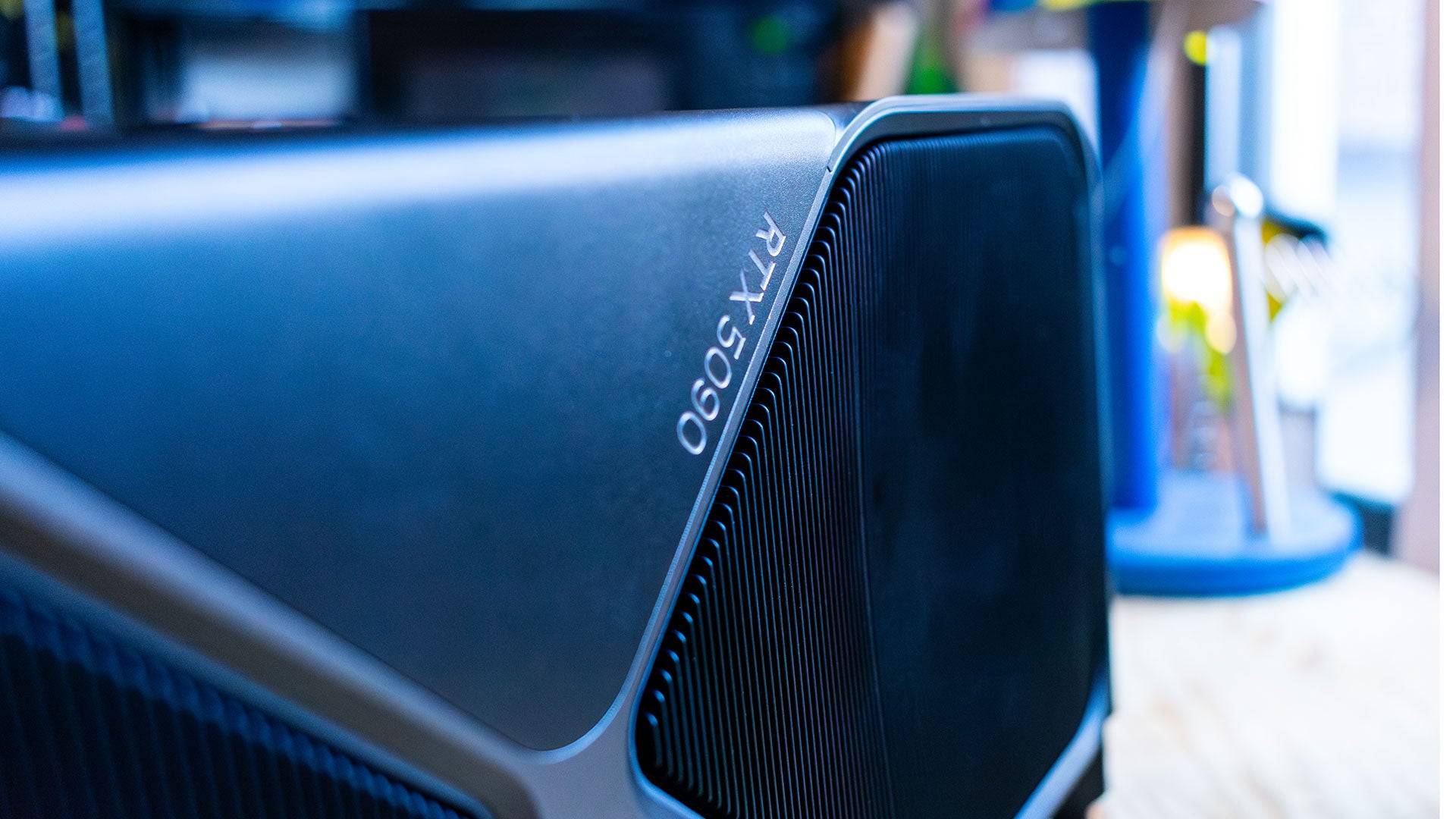
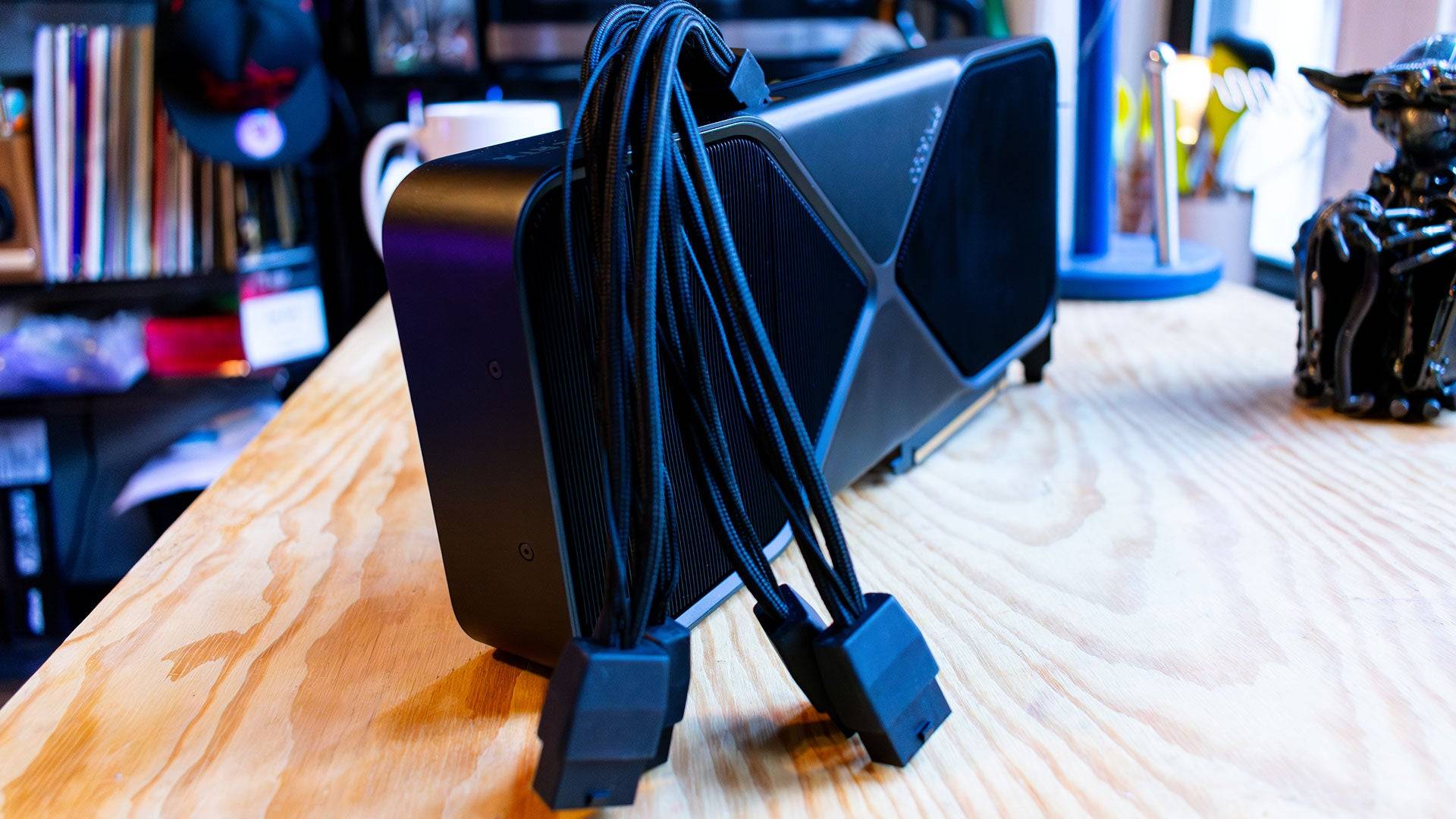 5 Images
5 Images
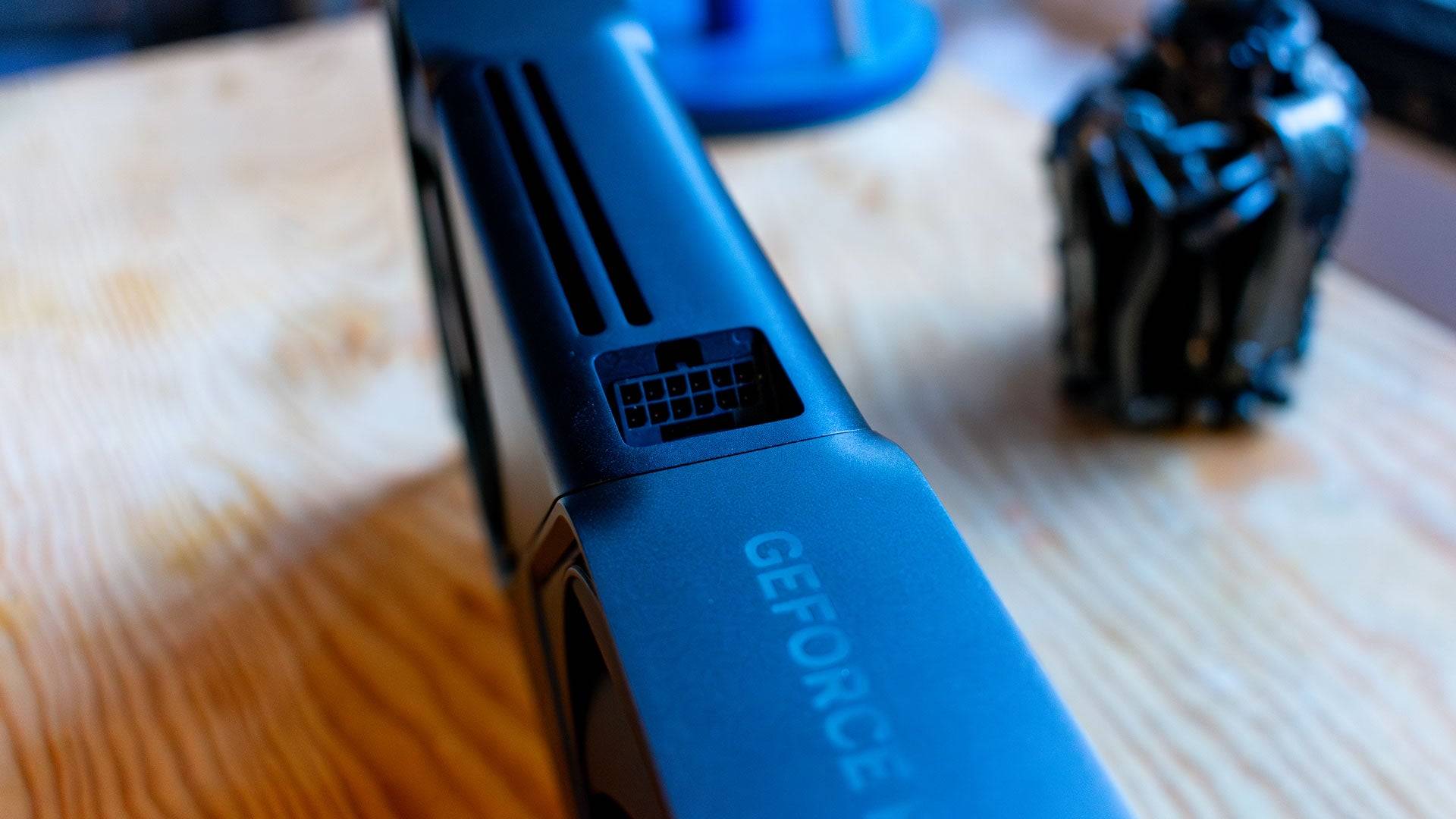
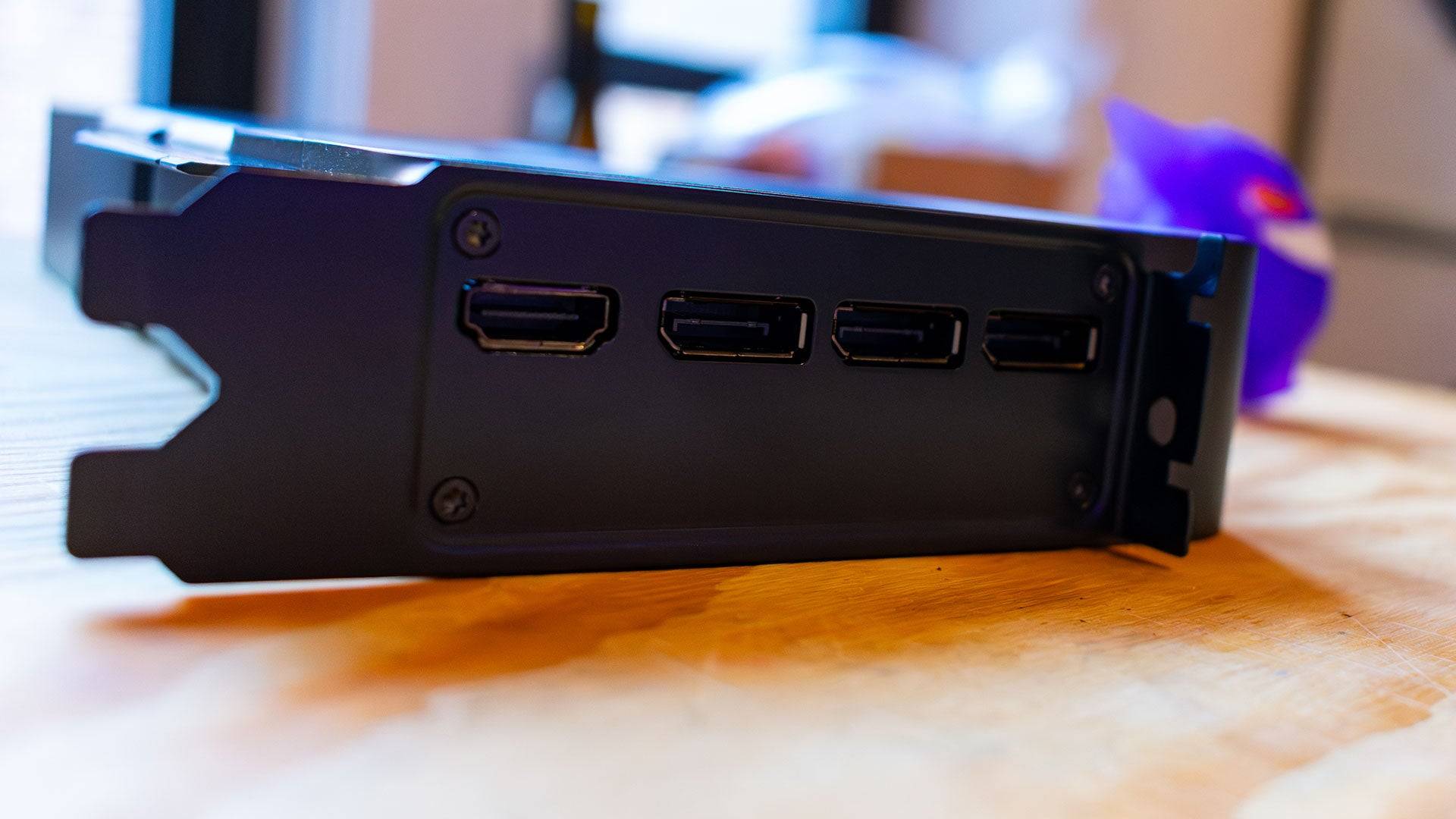
RTX 5090 – Specs and Features
The Nvidia GeForce RTX 5090 is built on the Blackwell architecture, which powers high-end data centers and supercomputers, highlighting its prowess in AI. Despite this focus, Nvidia has not overlooked the traditional aspects of the card. The RTX 5090 boasts more Streaming Multiprocessors (SMs) within the same Graphics Processing Clusters (GPCs), resulting in 21,760 CUDA cores, a 32% increase from the RTX 4090's 16,384. This boost significantly enhances raw gaming performance.
Each SM includes four Tensor Cores and one RT Core, similar to its predecessor, totaling 680 Tensor Cores and 170 RT cores, up from 512 and 128 in the RTX 4090. The 5th-generation Tensor Cores enhance AI performance by supporting FP4 operations, reducing VRAM dependency. Coupled with 32GB of GDDR7 VRAM, a leap from the RTX 4090's GDDR6X, the RTX 5090 promises faster and more power-efficient memory. However, with a power requirement of 575W, it's clear that Nvidia prioritized performance over power efficiency.
The RTX 5090's DLSS algorithm now operates on a Transformer Neural Network (TNN), improving image quality and reducing issues like ghosting. Additionally, Nvidia introduced Multi-Frame Generation, an advanced version of the Frame Gen technology from the RTX 4090, which generates multiple frames from each rendered image, significantly boosting frame rates, though best used with a decent baseline frame rate.
Purchasing Guide
The Nvidia GeForce RTX 5090 will be available starting January 30, with the Founders Edition priced at $1,999. Third-party cards may be more expensive.
The Founders Edition
Requiring 575W of power, the RTX 5090 demands robust cooling solutions. Surprisingly, Nvidia managed to fit this powerhouse into a dual-slot chassis with a dual-fan configuration. During extensive testing, including games with DLSS 4 enabled, the card's temperature peaked at 86°C, higher than the RTX 4090's 80°C but not high enough to cause throttling.
Nvidia achieved this by shrinking the PCB and optimizing the airflow. The design retains the aesthetic continuity of recent generations, featuring a silver 'X' design and gunmetal-gray chassis, with a 'GeForce RTX' logo illuminated by white LEDs. The power connector has been updated to a 12V-2x6 design, and the included adapter requires four 8-pin PCIe connectors. The new connector design is angled and more secure, making it easier to install and suitable for smaller PC builds.
DLSS 4: Fake Frames?
Nvidia claims the RTX 5090 can boost performance by up to 8x, primarily through its ability to generate extra frames. DLSS 4 introduces 'Multi-Frame Generation,' a significant advancement over the Frame Generation of DLSS 3. The secret lies in the new AI Management Processor (AMP) core, which efficiently assigns work across the GPU. This results in a frame generation model that is 40% faster and uses 30% less memory than before, creating three AI frames per rendered frame.
The AMP employs a Flip Metering algorithm to reduce input lag, ensuring that multi-frame generation is smooth and effective. This technology is particularly beneficial for high-refresh, high-resolution displays, though it requires a baseline performance of around 60 fps to be effective. DLSS 4 will be supported in 75 games upon the RTX 5090's release, with promising results in beta builds of Cyberpunk 2077 and Star Wars Outlaws, showing significant frame rate improvements at 4K.
RTX 5090 – Performance
The Nvidia GeForce RTX 5090 offers a generational performance improvement over the RTX 4090, as evidenced by 3DMark benchmarks. However, real-world gaming performance can be limited by CPU bottlenecks, even with the Ryzen 7 9800X3D. For most users with high-end graphics cards, the RTX 5090 may not justify an immediate upgrade, as many current games cannot fully leverage its capabilities.
In 3DMark's Speed Way and Port Royal benchmarks, the RTX 5090 showed a 42% performance increase over the RTX 4090. However, in games like Call of Duty Black Ops 6 and Cyberpunk 2077, the performance uplift was only around 10%, highlighting the CPU bottleneck issue. In Metro Exodus: Enhanced Edition, the RTX 5090 achieved a 25% improvement over the RTX 4090, while in Red Dead Redemption 2, the increase was a mere 6%.
Total War: Warhammer 3 demonstrated a 35% performance uplift, showcasing the RTX 5090's potential in raw rasterization. However, Assassin's Creed Mirage experienced performance issues, likely due to driver bugs. In Black Myth: Wukong, the RTX 5090 delivered a 20% improvement, and in Forza Horizon 5, the difference was negligible due to CPU limitations.
Nvidia GeForce RTX 5090 – Benchmarks
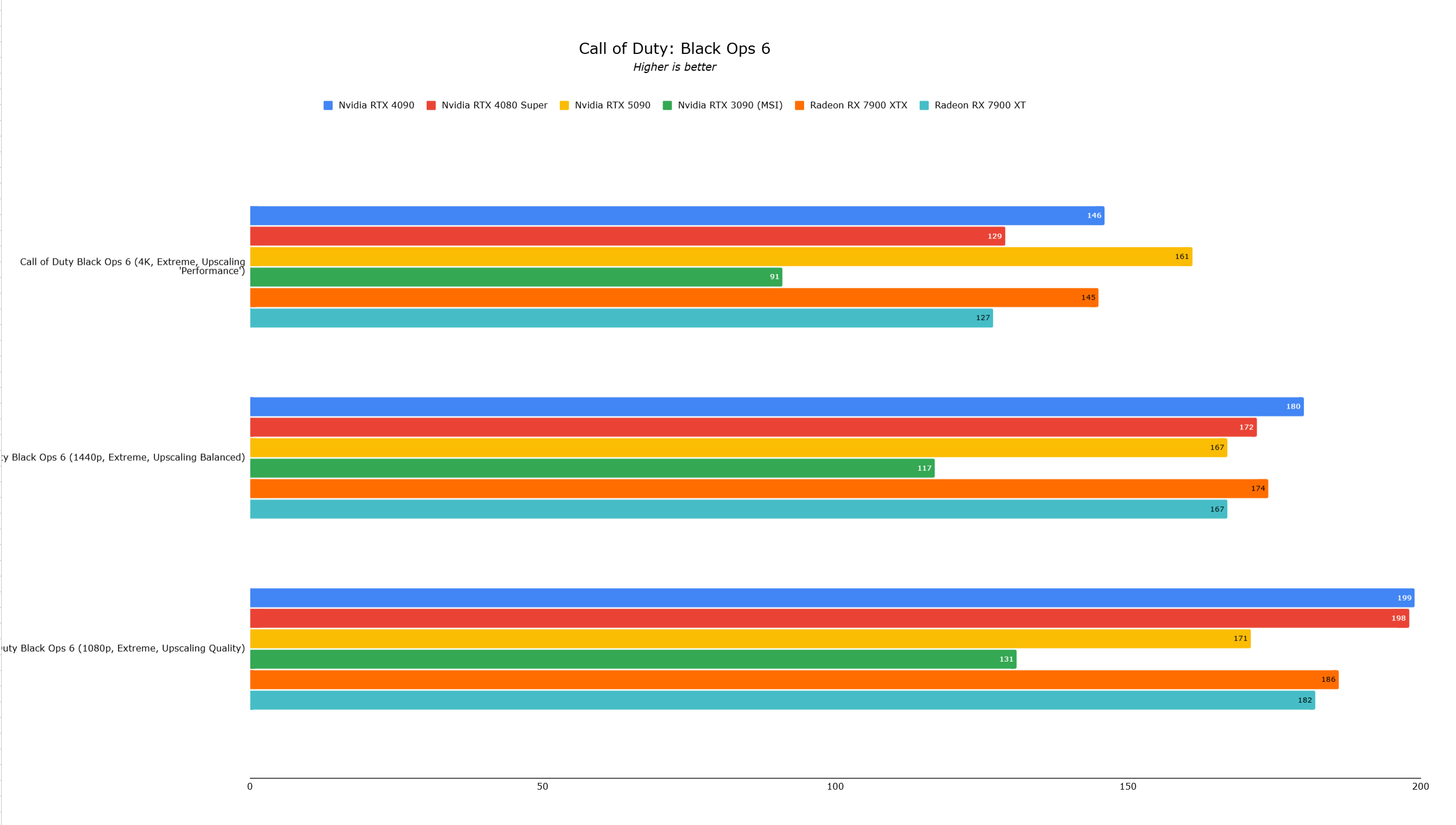
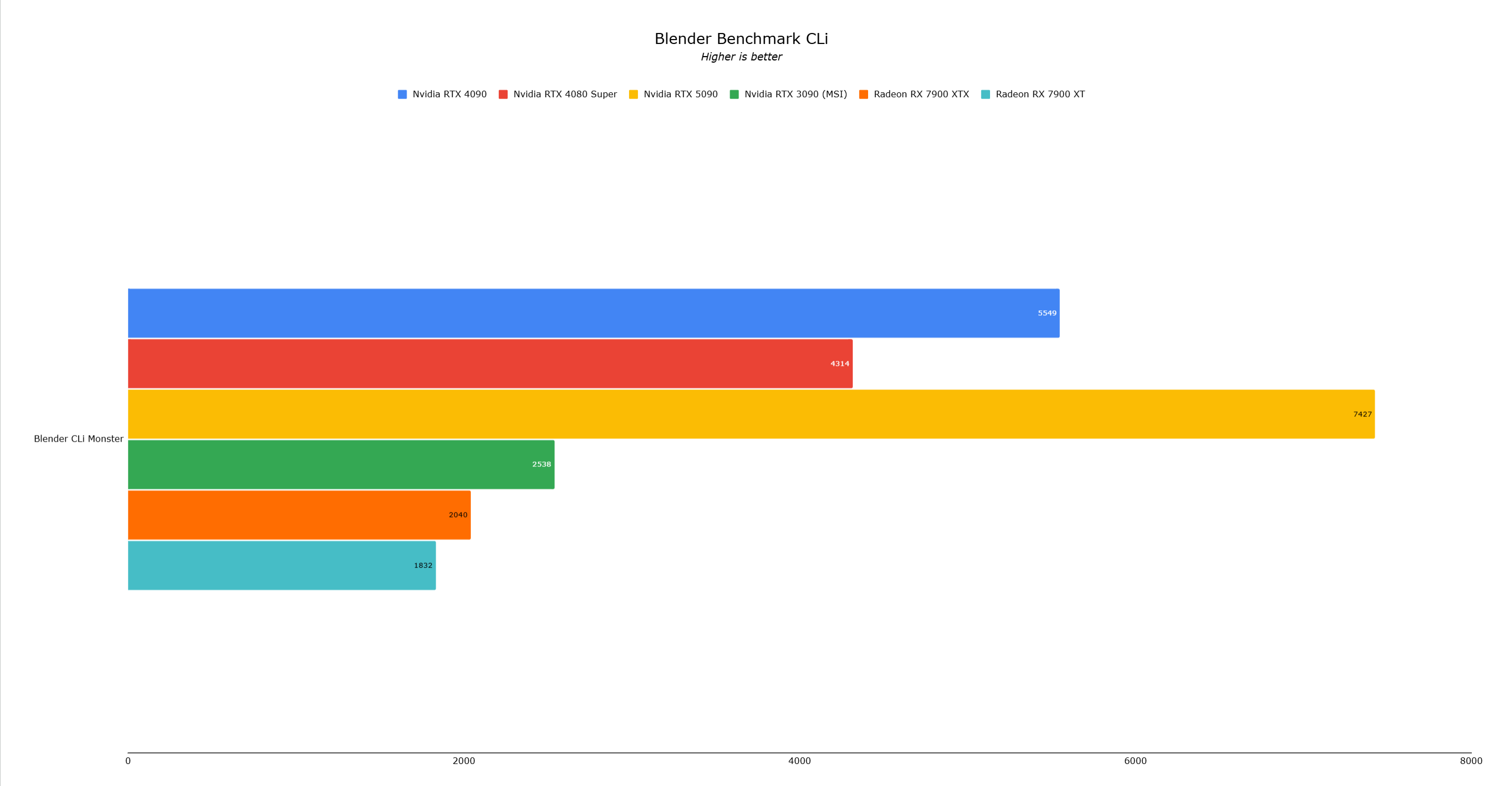 14 Images
14 Images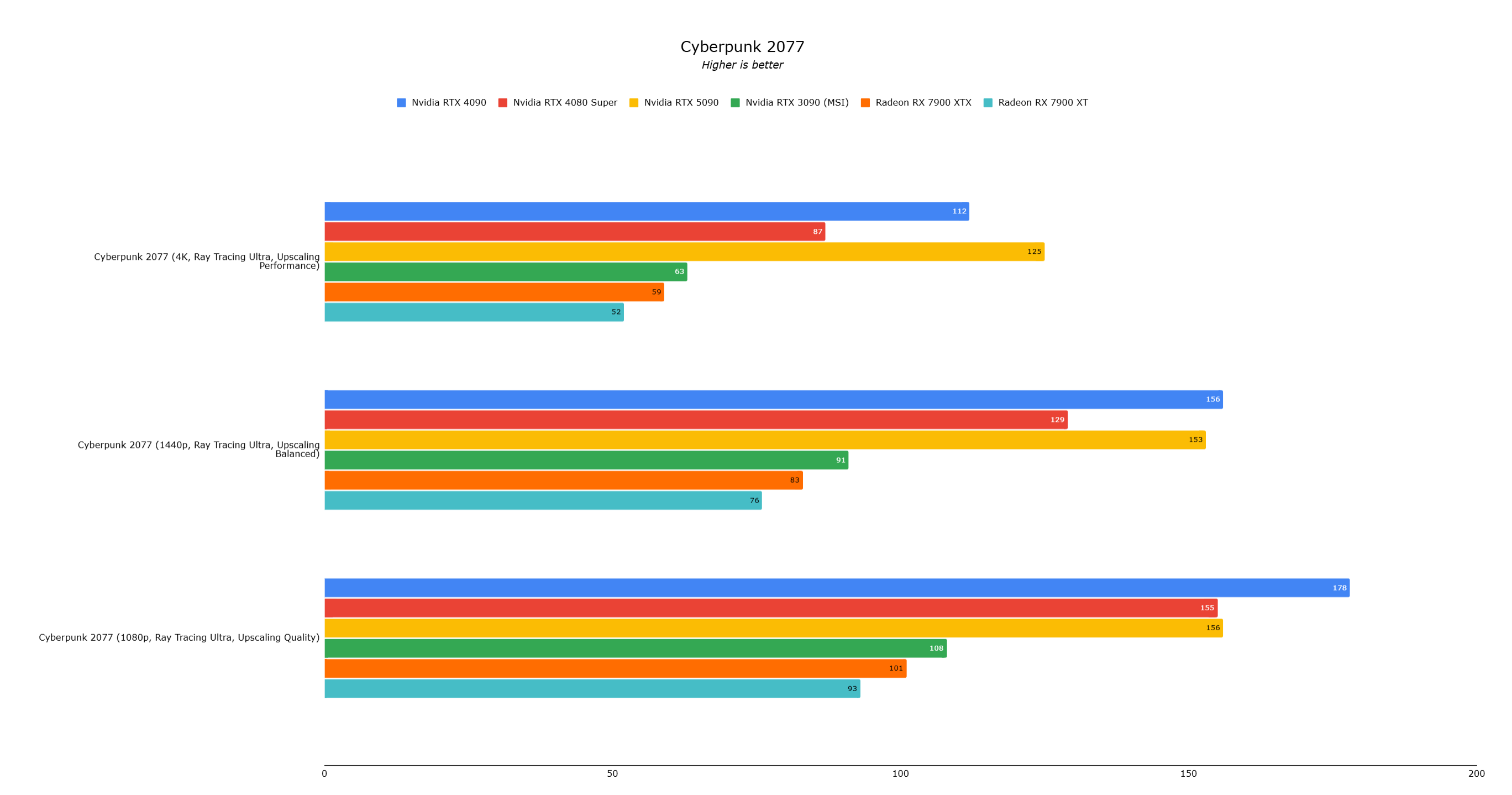
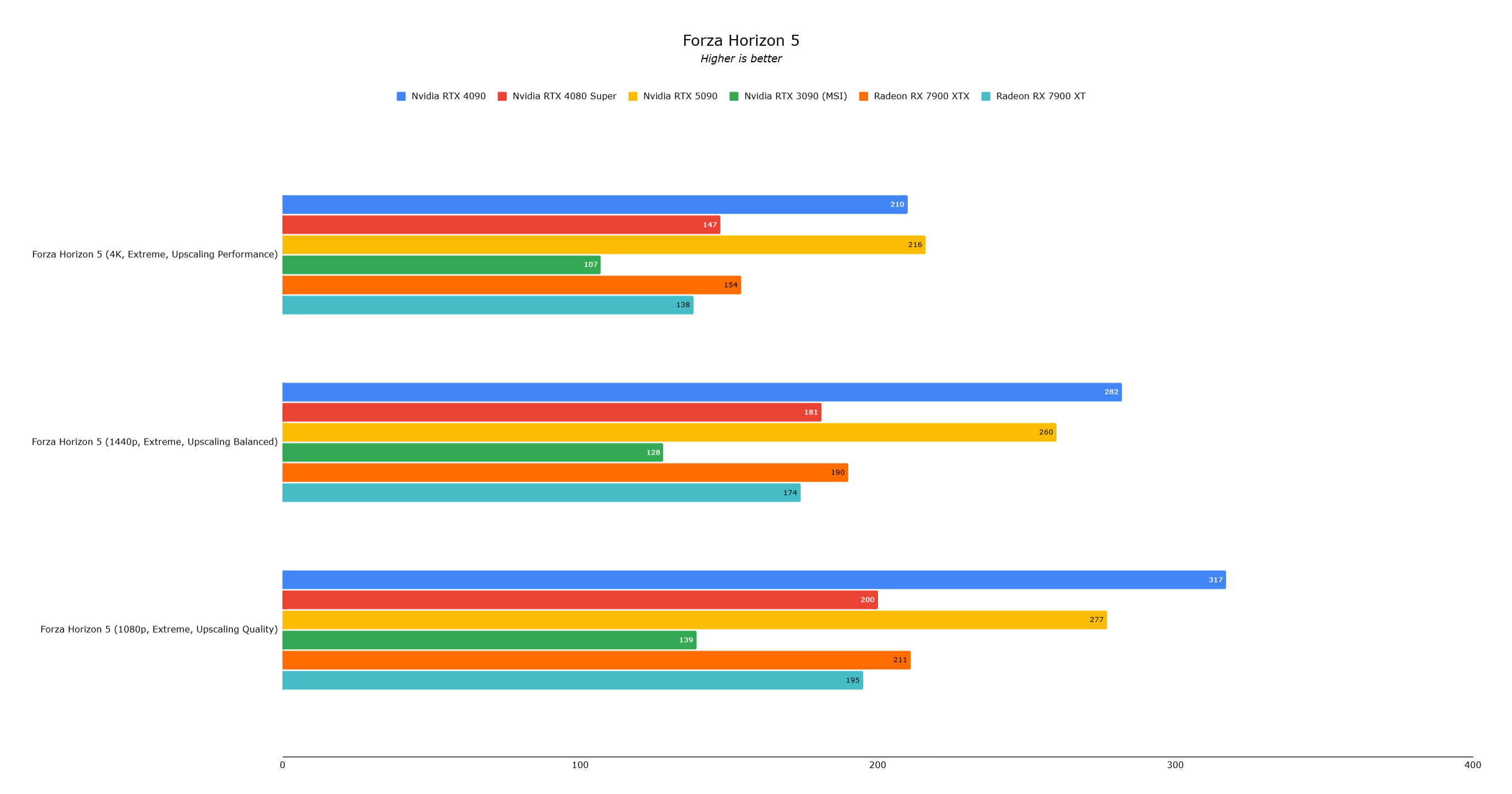
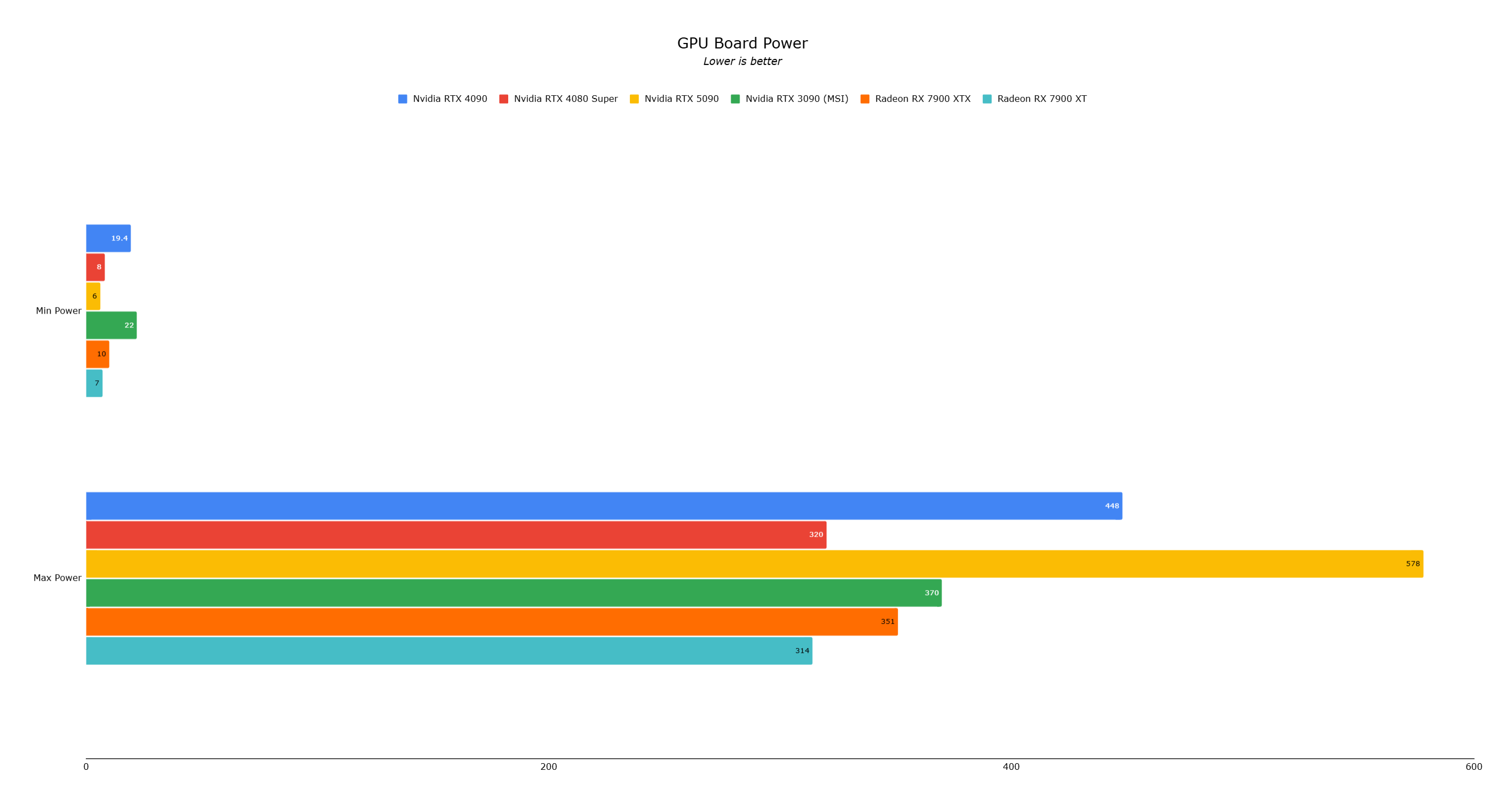

The RTX 5090, while not delivering next-generation performance in all current games, remains the fastest consumer graphics card available. Its true value lies in its potential for future AI-powered gaming, making it an ideal choice for those willing to invest in cutting-edge technology. For others, the RTX 4090 will suffice for the foreseeable future.






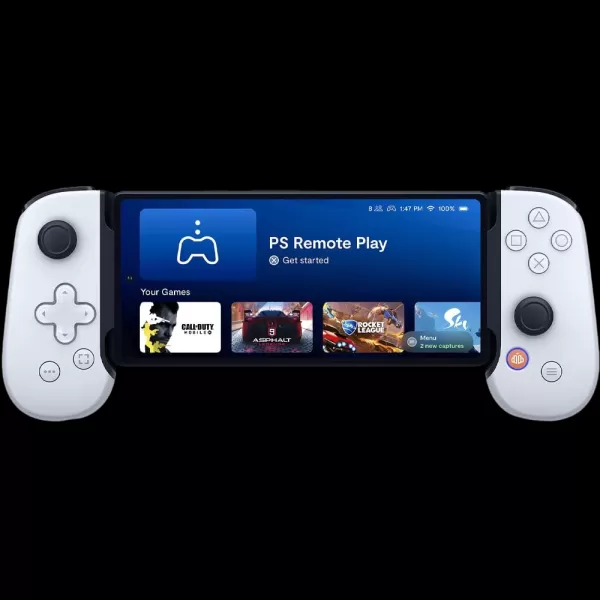
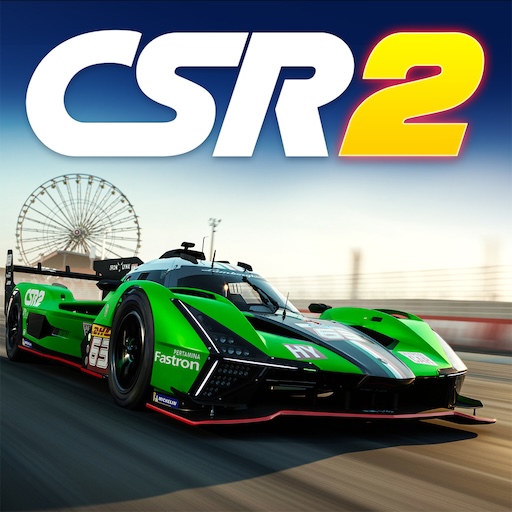
![Taffy Tales [v1.07.3a]](https://imgs.xfsxw.com/uploads/32/1719554710667e529623764.jpg)











